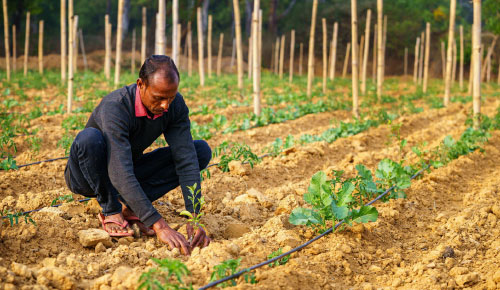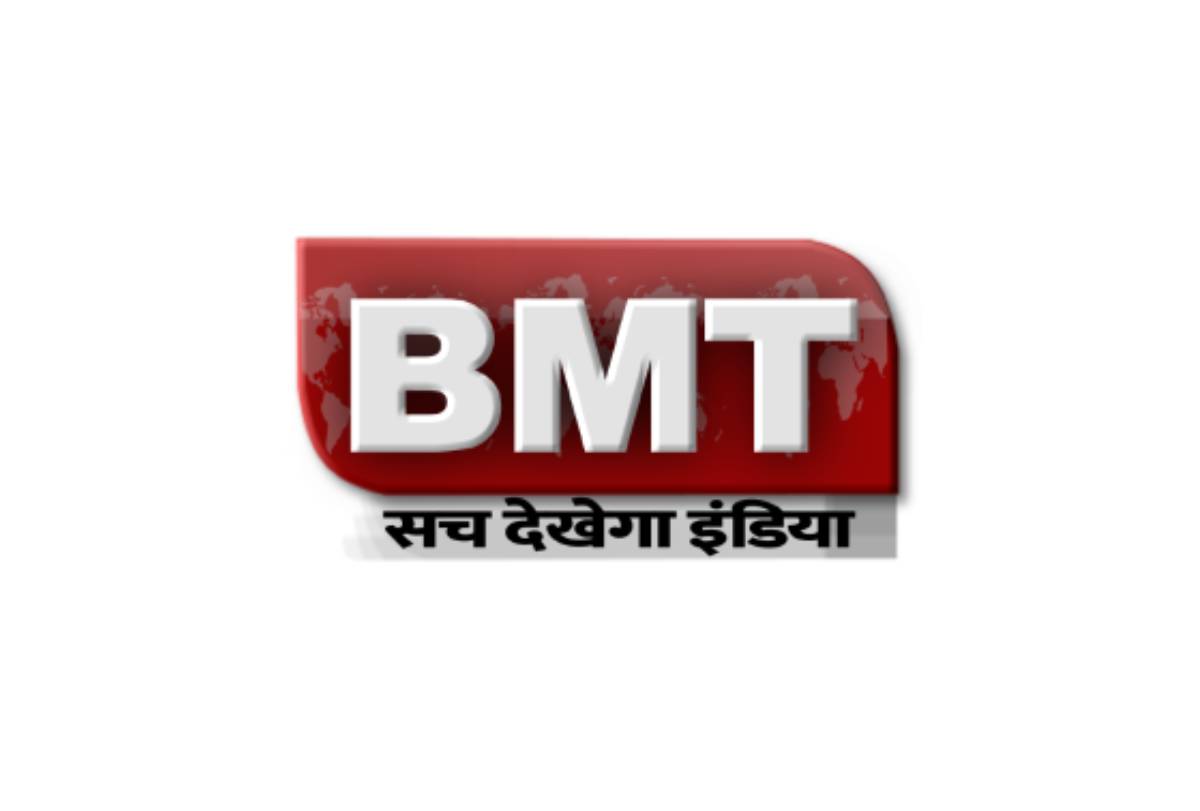State Lead: Chhattisgarh
The Hon. FM in her budget speech of 2023 laid out the vision for the ‘Amrit Kaal’-the period between 75th to 100th year of India’s Independence, based on the four transformative pillars-Economic Empowerment of Women, Empowerment of Traditional Artisans, Tourism, and Green Growth; all holding significant importance and impact for rural areas. While one will have to look at the detailed budget allocations to every sector, the budget prima facie focused heavily on infra growth-through larger capital infusion of 10 lakhs crore, complemented by provision made for creation of capital assets through Grants-in-Aid to States, there are some very prominent and important announcements for the rural segment in the budget as well.

The overall rural focus centered on agriculture growth and advancement, strengthening cooperatives system, skilling, education, health, etc. Significantly, buoyed by the success of the aspirational districts programme, the government has decided to move down the center of development to the block level with focus on 500 aspirational blocks in the first phase to saturate select development indicators. Major boost is provided to saturation of rural housing with a whooping increase of 66% in the PMAY allocation taking it to 79k crores. He social security cover of free food grain for all Antyodaya HHs under PMGKY for has been extended by a year with an outlay of 2 lakh crores.
In the agriculture sector, the government seems to be wanting to carve out an USP by proclaiming to become the global hub of Shree Anna-millets. Much needed focus seemed also on natural farming, with the announcement to launch PM PRANAM (Programme for Restoration, Awareness, Nourishment and Amelioration of Mother Earth). Facilitation support shall be provided to 1 crore farmers to transit to natural farming and establishment of 10k bio-input resource centers. The government also intends to focus on animal husbandry, fisheries, and horticulture through increased agriculture credit target of 20 lakhs crores. In the same vein, a new sub-scheme for fisheries-PM Matsya Sampada Yojana has been launched with an allocation of Rs. 6k crores, as well as Atmanirbhar Horticulture Clean Plant Programme with an outlay of 2.2k crores. An innovative MISHTI (Mangrove Initiative for Shoreline Habitats & Tangible Incomes) programme has also been launched with convergence of programmes such as MGNREGA and CAMPA. Through the Amrit Dharohar programme, protection of wetlands which is crucial for bio-diversity is also announced. The FM also focused on development of agri value-chains by pronouncing its intention to support the women SHGs into next level federations such as PGs, support for cotton value chain, development of digital architecture, etc. An agriculture Accelerator Fund has also been announced to encourage agri- startups by young entrepreneurs in rural areas. GobarDhan programme is announced for creating income from bio-waste.
In addition to computerization of PACS with an investment of Rs. 2.5k crores, and coming-up with model-bye laws for multi-purpose PACS, the government has shown further interest in strengthening co-operatives by creation of a national cooperative database for country-wide mapping of cooperative societies. It has also intended to implement a plan to set up massive decentralised storage capacity. It has also extended the reduced tax rate of 15% to new co-operatives upto 31st March 2024.
In the health sector, the establishment of 157 nursing college co-located in medical colleges and the multi-disciplinary courses for medical devices shall boost the career options for rural youth as well as cater to the much-needed HR unavailability. With the focus of the sickle cell anaemia elimination mission upto 2047, community engagement would be crucial.
In the education sector, focus is given to strengthening of DIETs as institutes of excellence for teachers’ training. A National Digital Library for children and adolescents will be set-up for facilitating availability of quality books across geographies, languages, genres and levels, and device agnostic accessibility. In the next three years, centre will recruit 38,800 teachers and support staff for the 740 Eklavya Model Residential Schools, serving 3.5 lakh tribal students.
The skilling of youth is an important aspect highlighted in the budget that shall have long-term implications on multiple aspect of economy. The PMKVY 4.0 rightly has shifted focus on the modern-age skills such as robotics, AI, coding, etc. Moreover, a pan-India National Apprenticeship Promotion Scheme will be rolled out to provide stipend support to 47 lakh youth in three years.
The budget has thus catered to a wide range of issues pertaining to the rural. However, more focus is required on creating a robust architecture for rural employment such as more impetus to programmes like MGNREGS and its convergence to agri programmes. The detailed budget allocations shall through more light on the sectoral priorities. Overall the budget looks balanced focusing on getting the economy back from the covid-induced stress, while also being futuristic.





